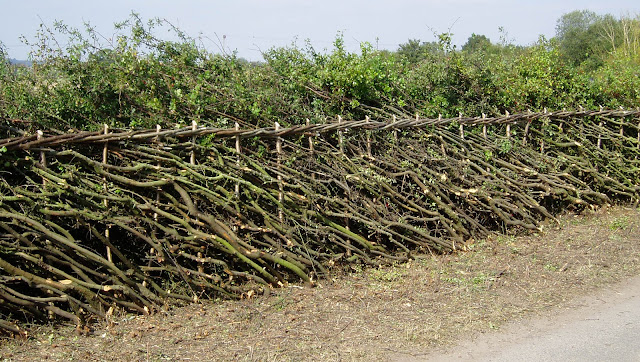
 4
4




 3
3





 2
2




Wouter Gijbels wrote:
What do you guys think of that? Would it work? Would the willow thrive with the 5 months of being submerged? What will happen with the horizontal branches when they start to get thicker?
I will add a picture of what i kinda mean, but with living willow branches and poles instead of dead
Wikipedia: Inosculation is a natural phenomenon in which trunks, branches or roots of two trees grow together. It is biologically similar to grafting and such trees are referred to in forestry as gemels, from the Latin word meaning "a pair".[1] It is most common for branches of two trees of the same species to grow together, though inosculation may be noted across related species. The branches first grow separately in proximity to each other until they touch. At this point, the bark on the touching surfaces is gradually abraded away as the trees move in the wind. Once the cambium of two trees touches, they sometimes self-graft and grow together as they expand in diameter. Inosculation customarily results when tree limbs are braided or pleached.








 1
1




Creating edible biodiversity and embracing everlasting abundance.




Mediterranean climate, hugel trenches, fabulous clay soil high in nutrients, self-watering containers with hugel layers, keyhole composting with low hugel raised beds, thick Back to Eden Wood chips mulch (distinguished from Bark chips), using as many native plants as possible....all drought tolerant.
 2
2









|
Heroic work plunger man. Please allow me to introduce you to this tiny ad:
Homestead Pastured Poultry course
https://permies.com/wiki/364740/Homestead-Pastured-Poultry
|





